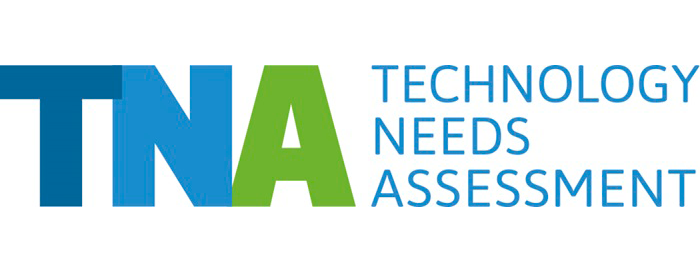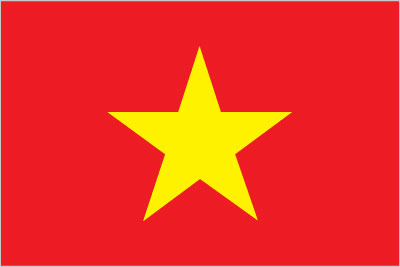The TNA emphasized integrated coastal zone management as one of the priority areas for adaptation in Vietnam. The construction of sea dykes, wetland rehabilitation and flood warning systems is essential in increasing the country’s resilience to the increasing impacts of sea-level rises, typhoons and flooding.
Vietnam is a low-lying country in Southeast Asia with a densely populated coastal zone that is strongly dependent on tourism and agriculture. Current coping strategies relating to climate risks have shown to be ineffective, and the increasing impacts of climate change pose serious impediments to sustaining progress in the country. It has therefore become an imperative objective of the Vietnamese government to respond to this immense challenge.
Vietnam completed its TNA in 2012. If successfully implemented, the technologies prioritized in the TNA can lead to significant advantages in strengthening the resilience of key sectors and lowering GHG emissions. For example, the TNA found that the costs of large-scale heat and power (cogeneration) are no higher than the costs of conventional thermal power. While the costs even out, the efficiency of cogeneration exceeds that of the conventional technologies and could reduce fuel loss and CO2 emissions by 15%.
Vietnam’s TNA contributes to the following Sustainable Development Goals:






